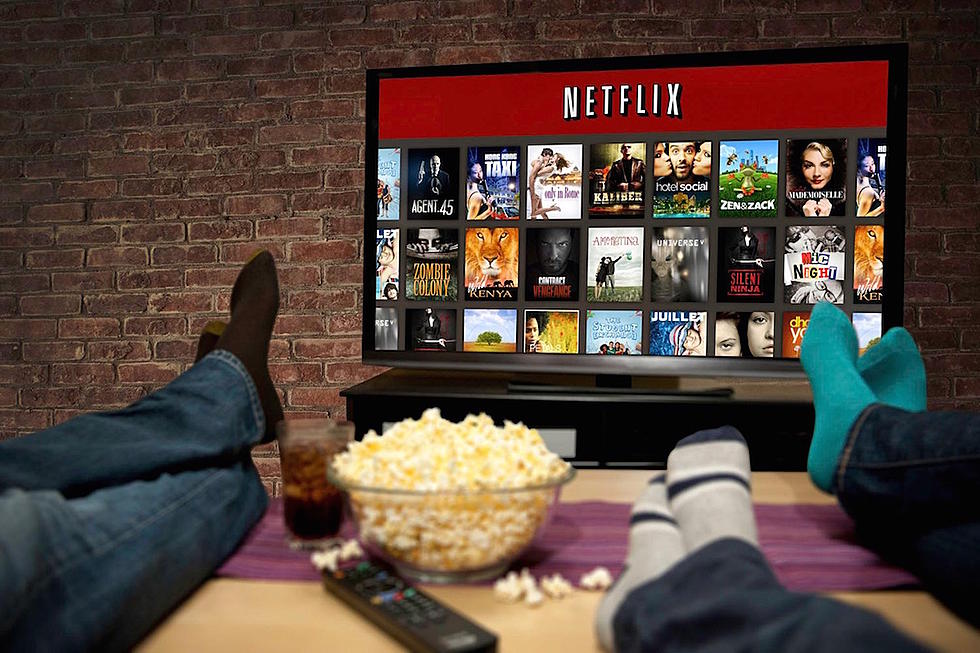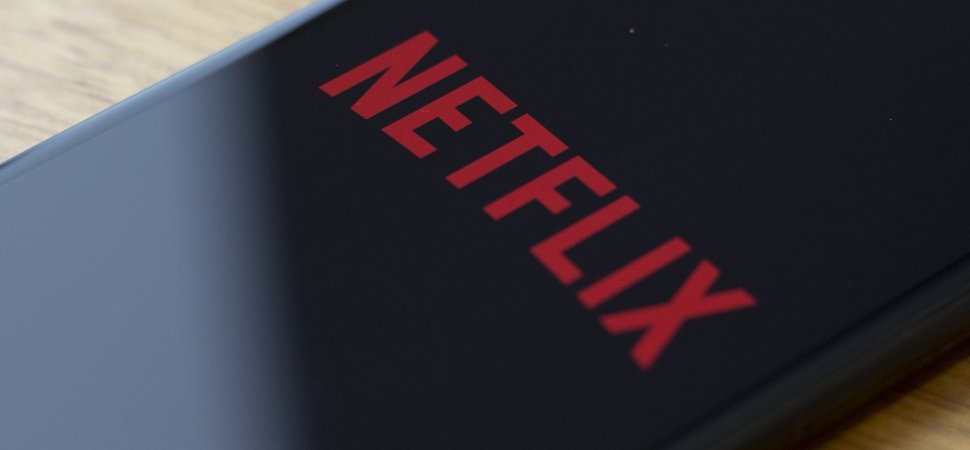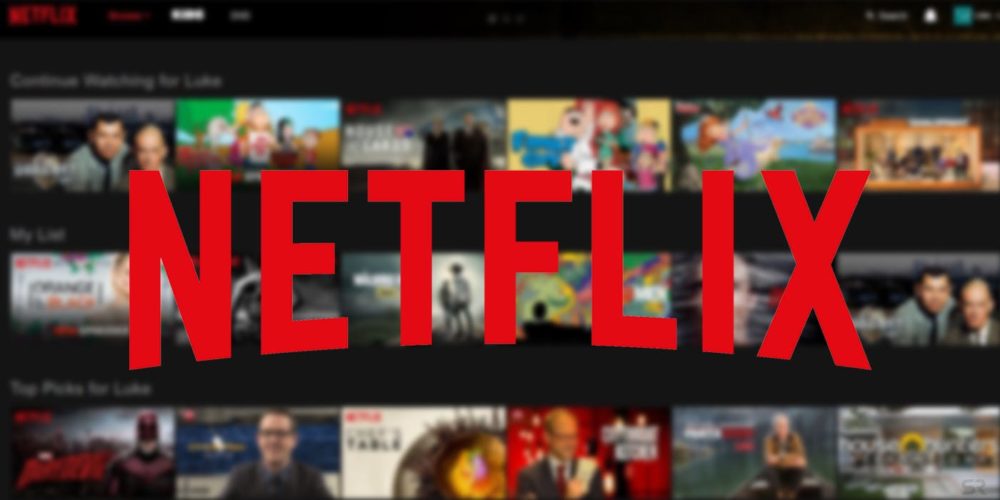In the contemporary scenario of on-demand services, Netflix has emerged as one of the top players. Whether it is about Millennials or Gen-Z, this service has very rapidly become a part of our day to day life. But in this highly competitive world, it hardly takes any time for people to get bored by one thing and jump on to the other.
In order to prevent this and keep its users satisfied, Netflix along with providing high-quality content gives its users a more personalized and connected experience.
We will take a look into this strategy of Netflix that very efficiently keeps its users hooked on their services.
The Power of Recommendations

Recommendations form an integral part of the mechanism used by Netflix to create personalized feeds. Now, we all know that they have been a part of our real world much before they were introduced in the virtual one.
People give recommendations on the basis of their personal experiences, and Netflix uses a similar foundation. The only difference is – the use of technology instead of people.
The Magical Artworks
One of the important and unique aspects of the recommendation system is Artwork. It is a widely known phenomenon that a visual sensation catches our attention more strongly than a text ever does.
Keeping in mind this very factor, Netflix’s Creative Services Team along with the Studio Partners and Internal Design Team started working on preparing various art designs to go along with the title and description of the series. In order to provide the users with a more personalized feed, the artworks that they see on the shows are different for different people.
For example – A show like Stranger things, instead of having just one cover picture will have multiple ones where two people will see different artworks for the same show.
These Artworks are again based on what kind of visuals does the user gets attracted to and hence, is more likely to click on. These customized Artworks go through various processes to actually make it to the feeds of the viewer. One such process is the A/B testing.
In very simple terms, this testing helps to draw a comparison between two things. In the case of artwork, two variants are created for the same subject and then it is put to test by seeing which variant gets a better response.
This helps in understanding the various psychological and behavioral aspects as to what grasps a person’s attention and can they be used to prepare a more addicting feed. You can always learn about Netflix prices and price trends on PriceListo.
The Content that you see

Making use of Artificial Intelligence, various algorithms gather information about the user’s taste. They take into account various metrics such as user’s watch history and the time of day.
These recommendations keep on evolving based on the user’s changing tastes and are displayed in the form of categorized rows. These rows themselves are divided into various genres which not only include the broad well-known categories of romance, drama, thriller, etc. but also focuses on the minute details which catch the user’s attention.
Algorithms And AI
Netflix, in order to give the viewers a great personalized experience, uses various Machine Learning algorithms. Out of the multiple algorithms, some important ones are –
1. Collaborative Filtering
A very common yet essential tool, Collaborative Filtering is used to build recommender systems that help in giving suggestions to the users on the basis of the preferences of the taste group that the user belongs to.
This kind of technique progresses by creating a ranked list of suggestions which is completely independent of the age of the user or the genre of the series but is instead based on the rating that a particular show has gotten. When this rating pattern is recognized, then the people who have quite similar patterns are grouped together to provide similar content recommendations.
The algorithm of this filtering is generally of two types – Memory based and Model-based. The former involves two more techniques that are – User-based and Item-based. A company like Netflix works more on the Item-based filtering for it is comparatively more fast and efficient. The main reason behind this is that the rating of a particular item is more stable than the rating given by a user to different items.
2. Contextual Bandits

This model can be seen as an alternative to A/B testing technique. Contextual Bandit basically makes use of contextual information to put together various people in different groups.
This contextual information ranges from geographical location, seasons to time of the day which then help in preparing clusters that are recommended to a certain group of people with respect to their situation and preferences.
This kind of testing shows its efficiency through adaptation and exploration which is a necessary component when it comes to Netflix as a person’s like and dislikes do not remain static.
3. Causal Model
This kind of model works more on the techniques of probability that makes predictions on the behavioral patterns of various people. Originating somewhat in the 1920s, this technique works wonders when trying to map out the preferences and choices of various groups of people out there.
Despite its benefits, incorporating this kind of model in the system is more on the difficult side for it is not as adaptable and scalable as other models are.
4. Neural Networks
These networks basically refer to the various algorithms that help to identify the relationship between various sets of data and create an output that is flexible to changing inputs.
This kind of model retrieves information and makes predictions based on the characteristics of users and the items/shows that they choose. A person’s past preferences and their current choices also contribute to the development of outputs resulting from these kinds of networks.
In the current scenario, where every other person is moving towards these streaming services and has multiple options to choose from, it becomes very important for Netflix to provide something extra and better to its users.
Whether it is about providing personalized pages to each and every person using the Netflix account or creating algorithms that facilitate browsing and searching that is extremely easy for the users, the company has successfully tried to establish itself as a strong competitor in this ever-evolving entertainment industry.
To sum it up, Netflix very efficiently utilizes all its resources to build a certain kind of authority as an on-demand service provider where each viewer experiences a personalized feed that not only satisfies the user but also benefits the company.





